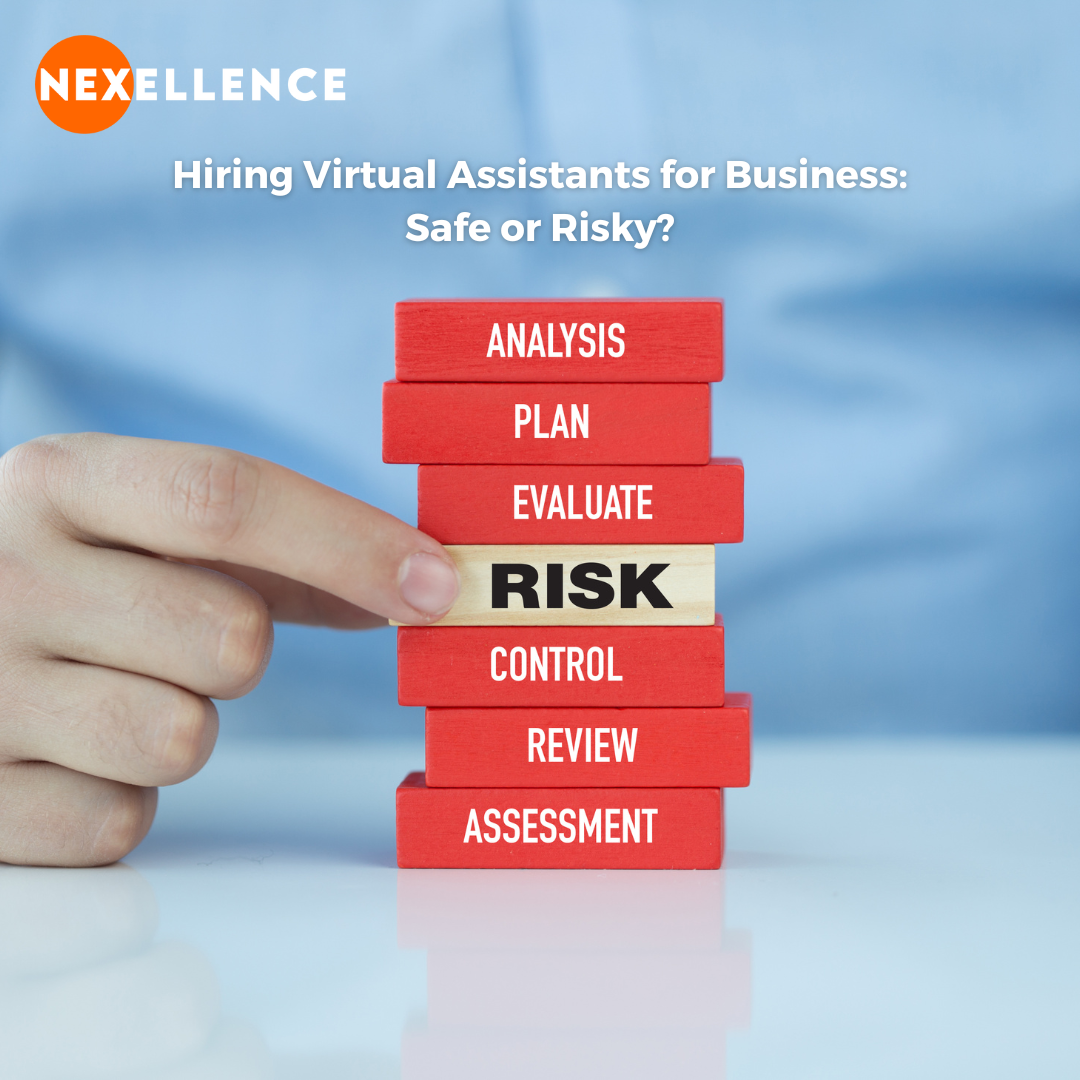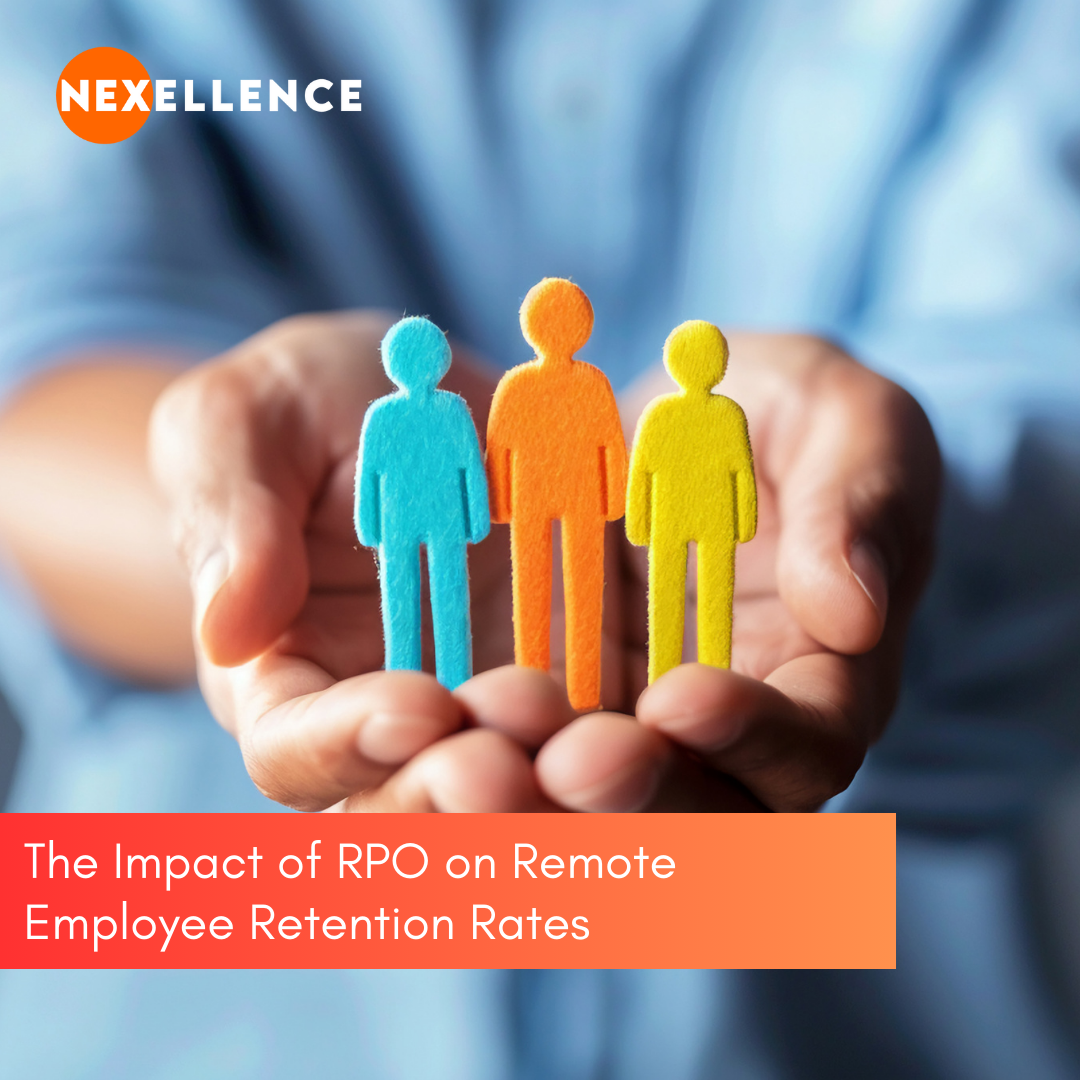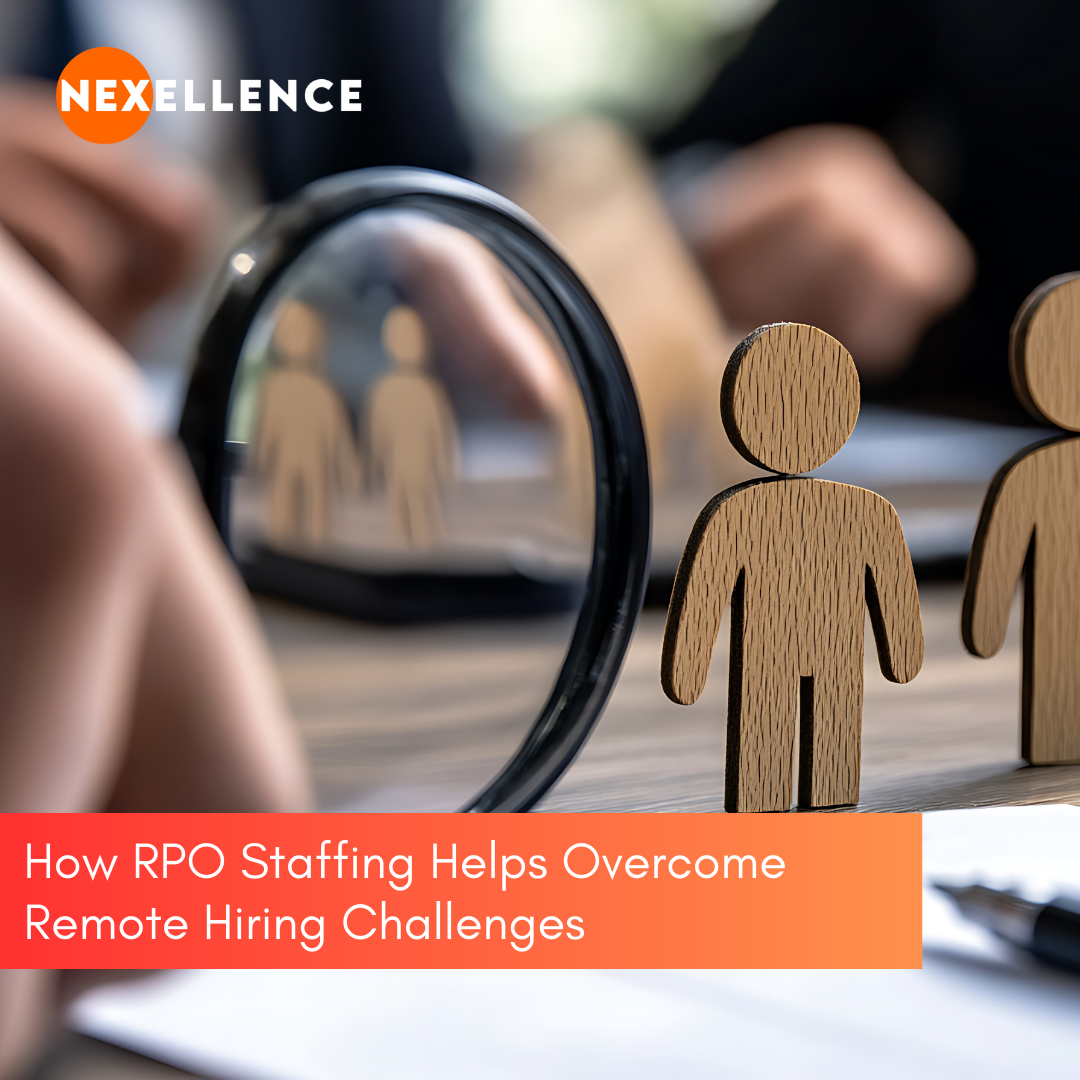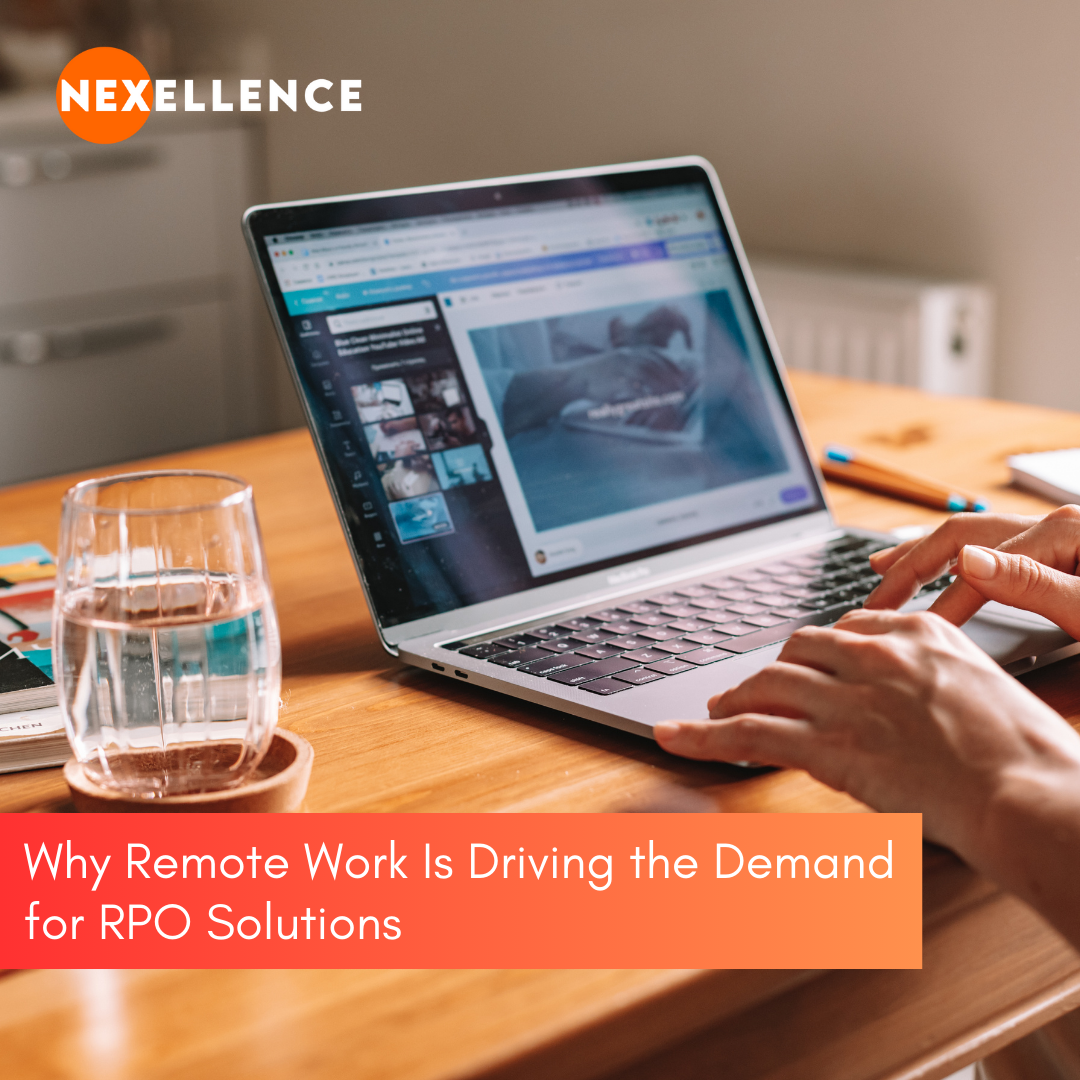In today’s rapidly evolving business landscape, the need for flexibility, cost-efficiency, and scalability has driven many companies to explore alternative staffing solutions. One of the most prominent trends in recent years has been the hiring of virtual assistants. While the benefits of virtual assistants are apparent, the question remains: Is it safe or risky for your business? In this blog, we’ll dissect the considerations involved in hiring virtual assistants and help you make an informed decision.
Understanding the Role of a Virtual Assistant
Before delving into the safety aspects, it’s essential to understand what a virtual assistant (VA) is and what they can bring to your business. A virtual assistant is a remote professional who provides a range of administrative, creative, or technical support services. They work remotely, often from a different location or even a different time zone, and can assist with tasks like email management, data entry, social media management, customer support, and more.
The Advantages of Hiring Virtual Assistants
- Cost-Efficiency: VAs are often more cost-effective than hiring in-house staff. You can avoid expenses like office space, equipment, and benefits.
- Flexibility: You can scale your VA’s hours and tasks up or down as needed, providing a level of flexibility that’s hard to achieve with traditional employees.
- Global Talent Pool: You have access to a diverse talent pool from around the world, allowing you to find the skills and expertise you need.
- Increased Productivity: Delegating time-consuming tasks to a VA frees up your core team to focus on high-value activities, boosting overall productivity.
- 24/7 Support: Depending on the VA’s location, you can have support around the clock, which can be especially beneficial for businesses with international customers.
The Potential Risks and Challenges
- Data Security: Sharing sensitive business information with a remote worker raises concerns about data security. It’s crucial to establish robust security protocols and use secure communication tools.
- Communication Hurdles: Differences in time zones and language barriers can sometimes lead to miscommunication. Setting clear expectations and using collaboration tools can help mitigate this risk.
- Quality Control: Monitoring the quality of work can be challenging when your assistant is not physically present. Regular check-ins and clear performance metrics can address this issue.
- Reliability: While many virtual assistants are highly reliable, there is a risk of encountering individuals who may not meet deadlines or perform as expected. Thorough screening and interviews can help mitigate this risk.
Best Practices for Safe Hiring
To make hiring virtual assistants safer for your business, consider the following best practices:
- Thorough Screening: Carefully vet candidates, checking references and their work history.
- Clear Contracts: Establish clear expectations, deliverables, and timelines in your contract.
- Secure Tools: Use secure communication and project management tools to protect sensitive information.
- Regular Check-Ins: Maintain regular communication with your virtual assistant to ensure tasks are on track and to address any issues promptly.
- Start Small: Begin with a smaller project or trial period to assess the VA’s performance before committing to a long-term arrangement.
Conclusion
Hiring virtual assistants can be a safe and strategic move for your business when approached with diligence and careful consideration. By understanding the potential risks and implementing best practices, you can unlock the numerous benefits of virtual assistance while safeguarding your business interests.





